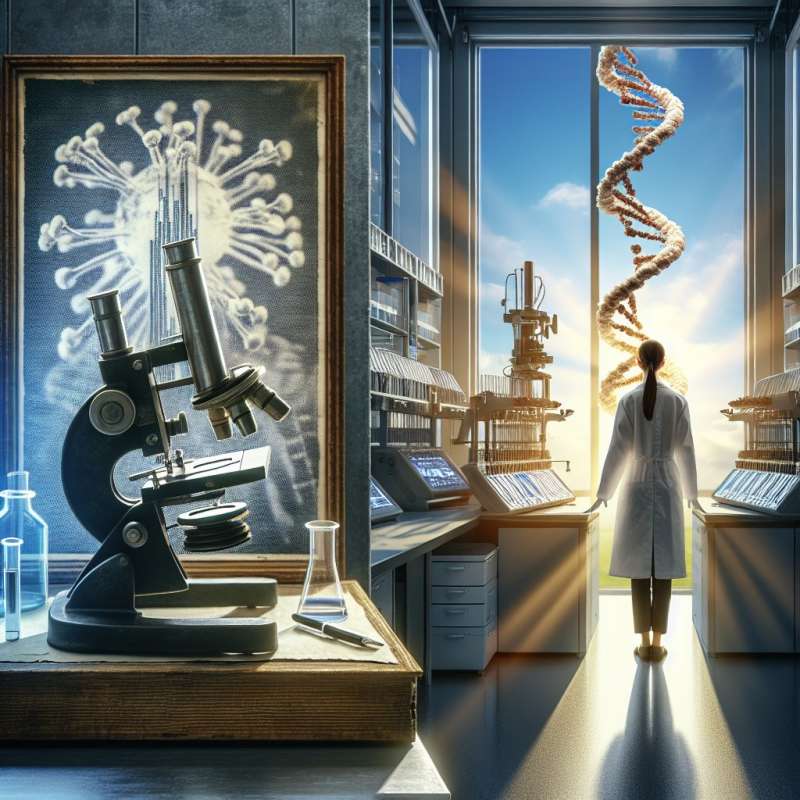
DNA Analysis Evolution
From the initial discovery of DNA's structure in 1953 to advanced sequencing technologies, DNA analysis has evolved rapidly, unlocking revolutionary applications in multiple scientific fields.
PCR Technique Breakthrough
Polymerase Chain Reaction (PCR) was a breakthrough, enabling amplification of specific DNA sequences. This has been crucial for genetic testing, forensics, and research since its inception in 1983.
Next-Generation Sequencing
Next-Generation Sequencing (NGS) technologies have drastically reduced the cost and time of sequencing. NGS provides high-throughput, scalable, and precise genomic analysis, transforming personalized medicine.
CRISPR-Cas9 Genome Editing
CRISPR-Cas9, discovered in 2012, revolutionized gene editing. This technology allows precise alterations in DNA, offering potential cures for genetic disorders and advancements in agricultural biotechnology.
Single-Cell Sequencing
Single-Cell Sequencing, emerging in the 2010s, uncovers the genetic makeup of individual cells. This nuanced view aids in understanding complex tissues and diseases like cancer at a granular level.
AI in Genomic Analysis
Artificial Intelligence (AI) is now integral to interpreting vast genomic data sets. AI algorithms can predict genetic mutations' effects, assisting in disease diagnosis and treatment development.
Ethical Implications Explored
Advances in DNA analysis raise ethical questions regarding privacy, consent, and genetic discrimination. Society must balance scientific progress with moral and legal considerations.
When was DNA's structure first discovered?
In 1983 with PCR technique
In 1953 initiating DNA analysis
During the 2010s with NGS
Company